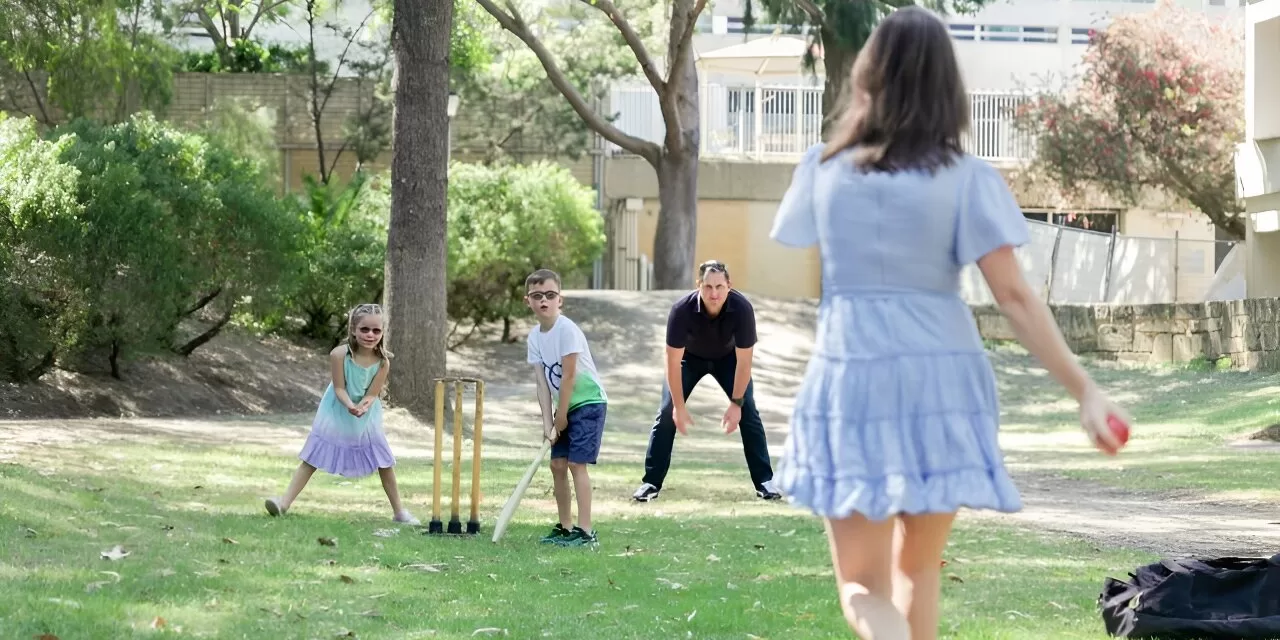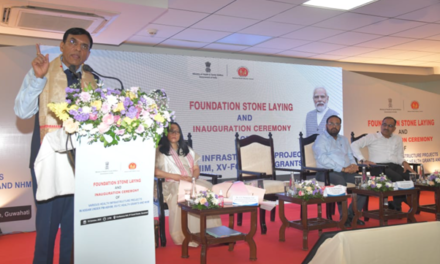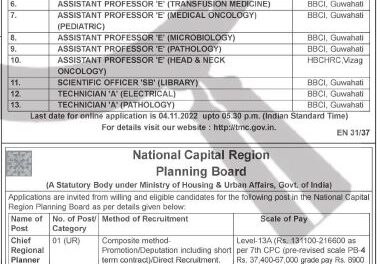New research suggests that encouraging children to play outside more could significantly reduce the risk of developing myopia (short-sightedness) and prevent potential blindness later in life. Researchers from the Lions Eye Institute highlight that while screen time is often blamed, the real issue lies in children spending less time outdoors.
The study emphasizes that both increased exposure to natural daylight and reduced “near work” (such as reading and using large computer screens) play a crucial role in preventing myopia in children. Lead researcher, Professor David Mackey AO, explains, “The global myopia epidemic is concerning. In cities like those in China, over 90% of university students are myopic, and in Australia, about 6 million people—over 20% of the population—are affected, with projections suggesting this could reach 50% by 2050.”
Prof Mackey adds that genetic predisposition combined with environmental factors, including less outdoor activity and more time spent on educational or screen-based tasks, contributes to the growing issue.
The research also found an intriguing link between skin cancer and myopia. People who have had skin cancer were found to be half as likely to develop myopia. The researchers advise balancing the risks by safely increasing time outdoors while following SunSmart guidelines to prevent skin cancer, especially during the early or late hours of the day when UV exposure is lower.
The Perth-based institute is also investigating genetic factors and eye growth in children to develop measures for early intervention. They aim to predict which children are at greatest risk and in need of preventive treatments, such as low-concentration atropine drops or specialized lenses.
“Our recommendation to families is simple: ensure children spend at least two hours a day outside, preferably during the safer times of the day to reduce the risk of UV damage,” Prof Mackey suggests.
Early detection of severe myopia is critical. Prof Mackey’s team has proposed a routine measurement of axial length—the length of the eye from the cornea to the back of the retina—as part of standard preschool health checks. This simple test could help predict the risk of myopia early on.
“By identifying at-risk children early, we can intervene and prevent a lifetime of potential eye disease,” Prof Mackey notes. The Lions Eye Institute hopes that this axial length measurement will be adopted globally, ensuring more children can avoid the challenges of severe myopia and its long-term complications.
Myopia not only requires corrective measures such as glasses or contact lenses but can lead to serious conditions like retinal detachment and glaucoma, which may result in blindness.
The Lions Eye Institute continues to work on ways to integrate this screening method into routine ophthalmological care worldwide, aiming for a future where early intervention reduces the public health burden of myopia.











